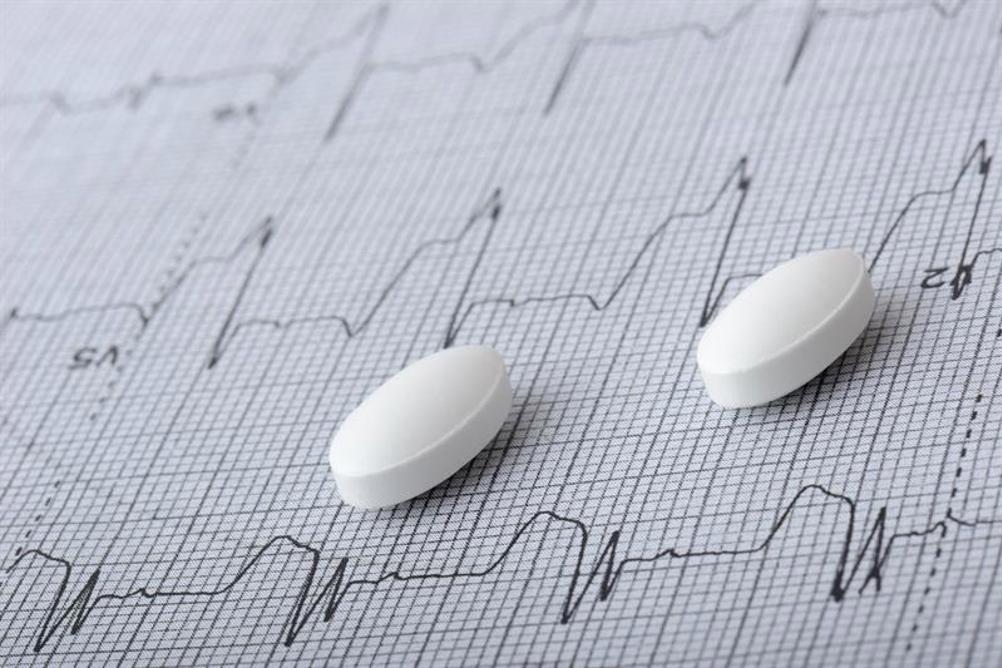Navigating Statin Therapy in the Context of Cardiovascular Risk and Diabetes:
In the realm of cardiovascular medicine, statins have long been heralded as a revolutionary tool in the prevention and management of heart disease. These lipid-lowering drugs are particularly effective in reducing low-density lipoprotein (LDL) cholesterol levels, thereby diminishing cardiovascular risk. However, recent discussions within the medical community have raised concerns about the potential association between statin use and the incidence of type 2 diabetes mellitus (T2DM).
This blog aims to explore the intricate balance between the cardiovascular benefits of statin therapy and the emerging concerns regarding its diabetogenic potential. These insights are drawn from my experience as a senior cardiologist and a wealth of literature reviews, offering a comprehensive perspective on the implications for practice and patient care.
Understanding Statins and Cardiovascular Risk
Statins have been integral in reducing the morbidity and mortality associated with cardiovascular disease (CVD). By effectively lowering LDL cholesterol, statins reduce the risk of heart attacks and strokes in both primary and secondary prevention scenarios. This benefit is well-documented and remains a critical aspect of managing patients at risk of or living with CVD.
The Diabetes Dilemma
Recent evidence has suggested an increase in new-onset diabetes among patients undergoing statin therapy. This finding, while modest, has sparked critical discussions about the balance of benefits and risks. It is imperative to recognize that while the potential for increased diabetes risk exists, it does not negate the cardiovascular benefits observed.
Identifiable Risk Factors
Some patients may be more predisposed to developing diabetes during statin therapy. These factors include:
- Age: Older adults, particularly those over 40, are more likely to develop diabetes during statin therapy.
- Metabolic Syndrome: Characteristics such as obesity, hypertension, and dyslipidemia can increase susceptibility.
- Impaired Fasting Blood Glucose: Patients with prediabetes are at a higher risk.
- Weight and Glycated Hemoglobin: Overweight individuals and those with altered glycated hemoglobin levels may also be more prone to diabetes.
Mechanisms Behind Statin-Induced Diabetes
While the exact mechanisms remain under investigation, several hypotheses have been proposed:
- Insulin Resistance: Statins may contribute to insulin resistance, a precursor to diabetes.
- Pancreatic Beta-Cell Dysfunction: There may be an impact on the pancreatic cells responsible for insulin secretion.
- Altered Glucose Metabolism: Changes in glucose uptake and metabolism could play a role.
Balancing Risks and Benefits
For healthcare professionals, the challenge lies in balancing the undeniable cardiovascular benefits of statins against the modest risk of diabetes. In most cases, the cardiovascular advantages of statin therapy surpass the potential risk of new-onset diabetes, especially in individuals with a higher baseline cardiovascular risk.
Practical Implications for Healthcare Professionals
- Individualized Therapy: Patient profiles should guide statin therapy decisions. Factors such as age, metabolic status, and baseline cardiovascular risk must be considered.
- Patient Education: Inform patients about the potential risk of developing diabetes and encourage lifestyle modifications. Diet, exercise, and weight management are critical components in mitigating this risk.
- Monitoring and Follow-Up: Regular monitoring of glucose levels and metabolic markers can help manage any emerging risks effectively.
The Future of Statin Therapy
Research continues to explore the complex interplay between statins, cardiovascular risk, and diabetes. Advances in precision medicine and genetic profiling may pave the way for more targeted therapies that minimize the risk of adverse effects.
Concluding Thoughts
In conclusion, while the association between statin therapy and new-onset diabetes warrants attention, it should not overshadow the profound cardiovascular benefits these medications offer. By carefully considering individual patient factors, engaging in open communication, and promoting healthy lifestyle choices, healthcare professionals can continue to provide optimal care to patients requiring statin therapy.
Statins remain an invaluable tool in the arsenal against cardiovascular disease, and with thoughtful management, the challenges of potential diabetes risk can be effectively navigated. As always, ongoing research and clinical vigilance will guide our understanding and application of these life-saving medications.





